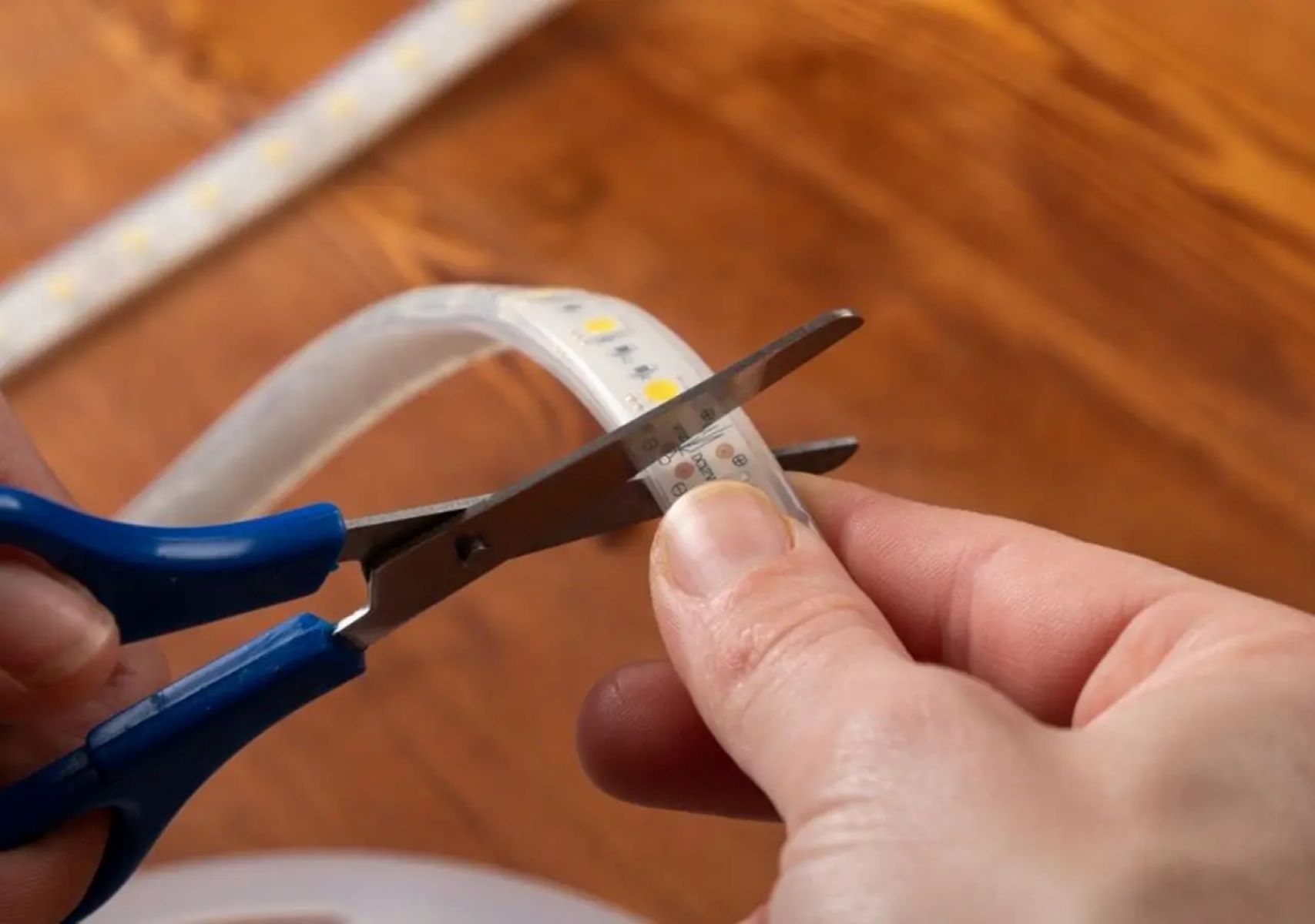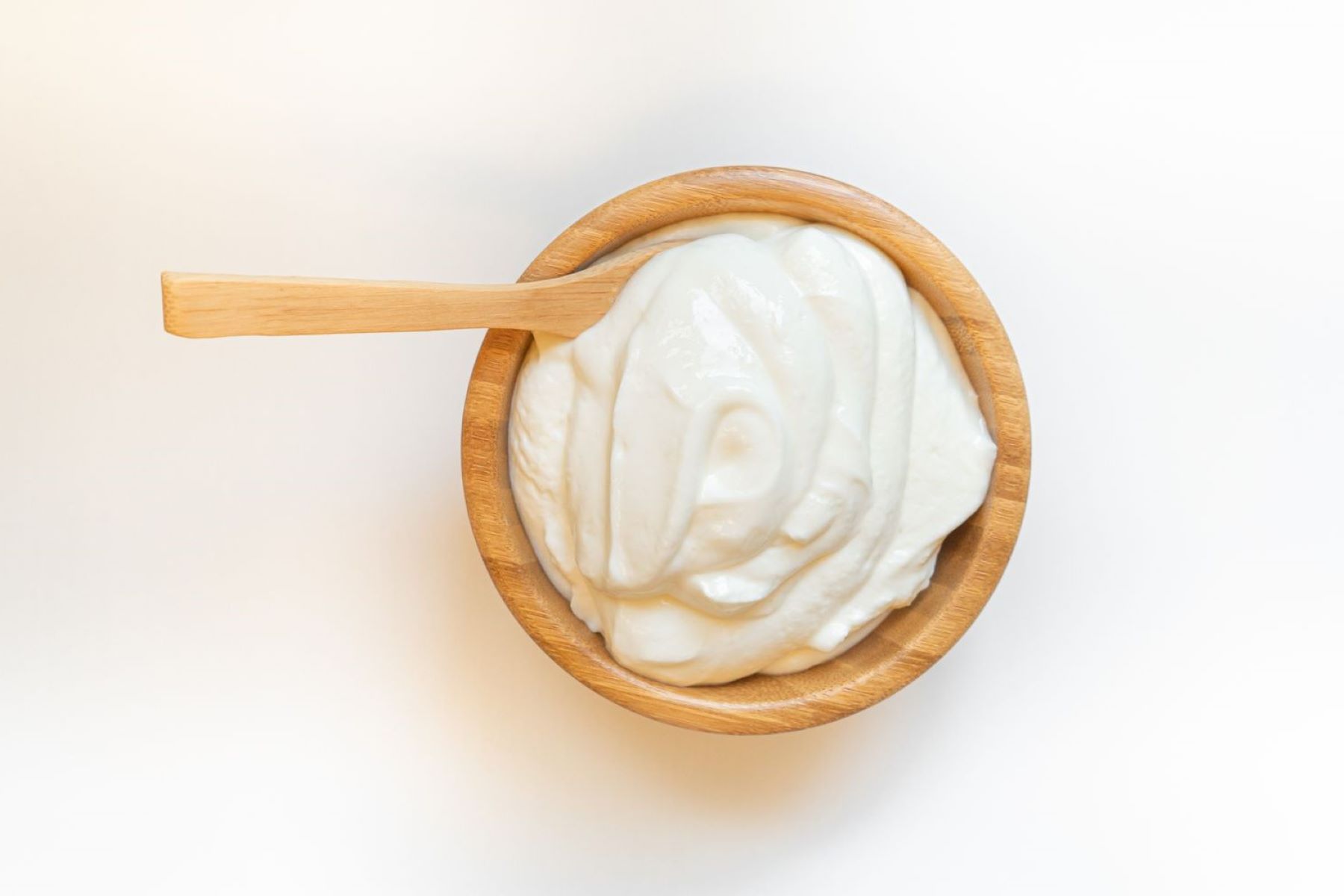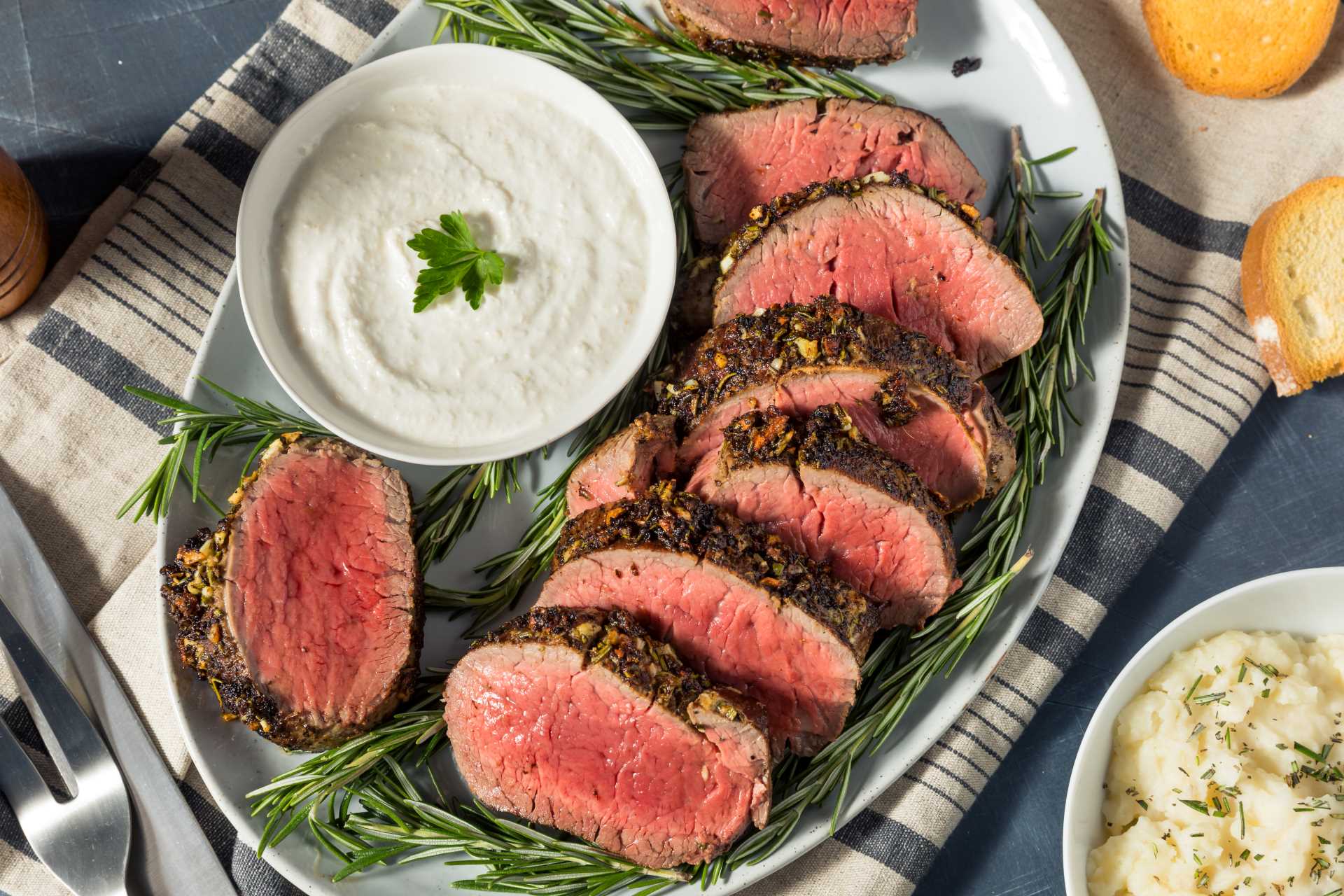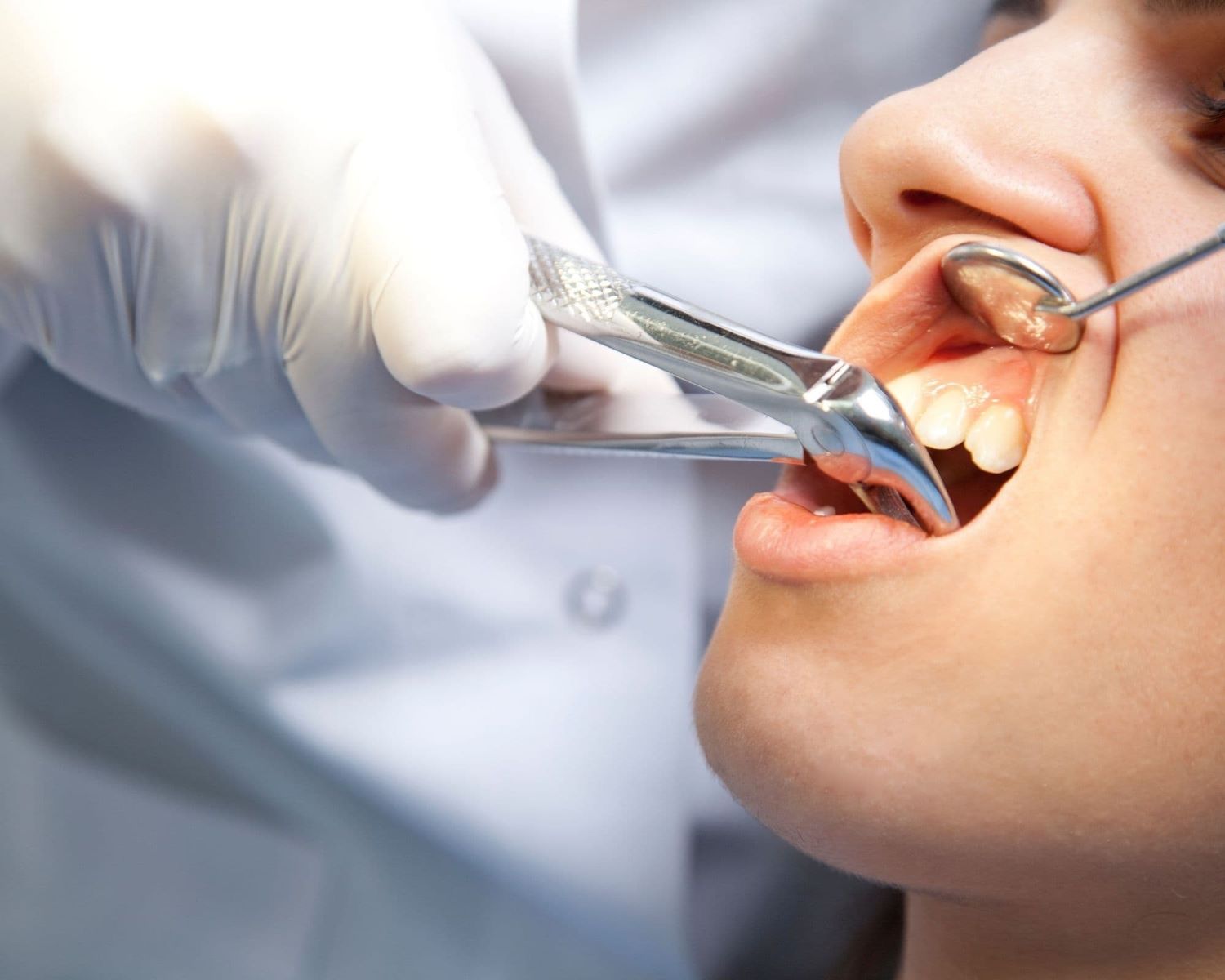Home>Health and Wellness>How To Cut After Bulking


Health and Wellness
How To Cut After Bulking
Published: February 26, 2024
Learn the best strategies for cutting after bulking to achieve your health and wellness goals. Discover effective tips for a successful post-bulking phase.
(Many of the links in this article redirect to a specific reviewed product. Your purchase of these products through affiliate links helps to generate commission for Regretless.com, at no extra cost. Learn more)
Table of Contents
Introduction
After a period of dedicated bulking, where the primary focus was on building muscle mass and strength, the time has come to transition to a cutting phase. Cutting, in the realm of fitness and bodybuilding, refers to the process of shedding excess body fat while aiming to preserve the hard-earned muscle gains achieved during the bulking phase. This transition from bulking to cutting is a crucial phase in the pursuit of a lean and well-defined physique.
The cutting phase is often characterized by a shift in dietary and training strategies, as the primary goal now becomes achieving a lower body fat percentage while maintaining muscle mass. This phase is not only about physical transformation but also about discipline, determination, and a strategic approach to nutrition and exercise.
As you embark on this journey from bulking to cutting, it's essential to understand that the process is not just about aesthetics. It's about optimizing your overall health and well-being. By reducing excess body fat, you can potentially lower the risk of various health conditions, improve metabolic function, and enhance your physical performance.
In this comprehensive guide, we will delve into the key aspects of transitioning from bulking to cutting, providing valuable insights into setting your goals, adjusting your diet, choosing the right workout plan, incorporating cardio, and monitoring your progress. By the end of this guide, you will have a clear understanding of the essential steps to take as you embark on the cutting phase, empowering you to make informed decisions and stay motivated throughout the process. Let's dive into the intricacies of cutting after bulking and pave the way for a successful transformation.
Read more: How To Cut Cabbage
Setting Your Goals
Setting clear and realistic goals is the foundational step in transitioning from bulking to cutting. It's essential to establish specific objectives that align with your desired outcomes for the cutting phase. When setting your goals, consider factors such as your current body composition, target body fat percentage, and overall fitness aspirations.
Defining Your Body Composition Goals
Begin by assessing your current body composition, including your body fat percentage and muscle mass. Understanding where you currently stand will provide a baseline for setting achievable goals. Whether your aim is to achieve a more defined physique, enhance muscle definition, or simply reduce excess body fat, having a clear understanding of your starting point is crucial.
Establishing Realistic Timeframes
It's important to set realistic timeframes for achieving your cutting goals. Rapid and extreme fat loss can potentially lead to muscle loss and other adverse effects on your overall well-being. By establishing a reasonable timeframe, such as aiming for a gradual reduction in body fat over several weeks or months, you can prioritize sustainable progress while minimizing the risk of setbacks.
Embracing Measurable Objectives
Incorporate measurable elements into your goals to track your progress effectively. Whether it's aiming to reduce body fat by a certain percentage, fitting into a specific clothing size, or achieving defined muscle striations, having measurable objectives allows for tangible markers of success along the way.
Read more: How To Cut Metal Roofing
Cultivating a Positive Mindset
As you set your cutting goals, it's equally important to cultivate a positive and resilient mindset. Embrace the journey as an opportunity for personal growth and self-improvement. Recognize that challenges may arise, but with determination and a positive outlook, you can navigate through obstacles and stay committed to your goals.
By setting clear, realistic, and measurable goals, you lay a solid foundation for your cutting phase. These goals will serve as guiding beacons, keeping you focused and motivated as you embark on the journey towards achieving a leaner, more defined physique.
Adjusting Your Diet
The transition from bulking to cutting necessitates a strategic adjustment in your dietary approach to support the goal of reducing body fat while preserving lean muscle mass. This adjustment involves fine-tuning your calorie intake, optimizing macronutrient ratios, and prioritizing nutrient-dense foods to fuel your body effectively during the cutting phase.
Caloric Deficit
Central to the cutting phase is the concept of a caloric deficit, wherein you consume fewer calories than your body expends. This creates an energy imbalance that prompts the body to utilize stored fat for fuel, ultimately leading to fat loss. To establish an appropriate caloric deficit, it's essential to calculate your Total Daily Energy Expenditure (TDEE) and adjust your calorie intake accordingly. A moderate deficit, typically ranging from 300 to 500 calories per day, is often recommended to facilitate steady and sustainable fat loss while minimizing the risk of muscle catabolism.
Macronutrient Balance
Balancing macronutrients, namely protein, carbohydrates, and fats, plays a pivotal role in supporting muscle retention and optimizing energy levels during the cutting phase. Protein intake is particularly crucial for preserving muscle mass and promoting satiety. Aim to consume approximately 1 to 1.2 grams of protein per pound of body weight daily. Carbohydrates should be strategically managed to fuel workouts and aid in recovery, while healthy fats contribute to hormone regulation and overall well-being.
Read more: How To Cut A Peach
Nutrient-Dense Foods
Prioritize nutrient-dense, whole foods to meet your nutritional requirements while managing calorie intake. Incorporate lean sources of protein such as chicken, turkey, fish, and plant-based options. Include a variety of fibrous vegetables, fruits, and whole grains to provide essential vitamins, minerals, and dietary fiber. Additionally, healthy fats from sources like avocados, nuts, seeds, and olive oil can contribute to overall satiety and support metabolic function.
Hydration
Proper hydration is often overlooked but is integral to overall health and successful fat loss. Adequate water intake supports metabolic processes, aids in appetite control, and enhances physical performance. Aim to consume at least 8-10 glasses of water daily, adjusting intake based on individual needs and activity levels.
Meal Timing and Frequency
Strategically plan your meals to support energy levels and optimize nutrient utilization. Consider spreading your protein intake across multiple meals to support muscle protein synthesis. Additionally, timing carbohydrate consumption around workouts can enhance performance and recovery. While meal frequency is a matter of personal preference, focusing on nutrient timing and distribution can contribute to overall dietary success during the cutting phase.
By adjusting your diet to prioritize a moderate caloric deficit, balanced macronutrient intake, nutrient-dense foods, proper hydration, and strategic meal planning, you can effectively support your body's fat loss efforts while maintaining muscle mass. This dietary adjustment serves as a cornerstone in the transition from bulking to cutting, empowering you to make tangible progress towards achieving your desired physique.
Choosing the Right Workout Plan
Selecting the appropriate workout plan is a critical component of transitioning from bulking to cutting. The goal during the cutting phase is to preserve muscle mass while focusing on reducing body fat. Therefore, the workout plan should be strategically designed to support these objectives and align with your individual fitness level, preferences, and overall goals.
Read more: How To Cut The Neck Of A Shirt
Resistance Training Emphasis
A well-structured resistance training program forms the foundation of an effective cutting phase workout plan. Emphasize compound movements that engage multiple muscle groups, such as squats, deadlifts, bench presses, and overhead presses. These exercises stimulate muscle retention and promote overall strength while contributing to a heightened metabolic response, aiding in fat loss.
Moderate to High Repetition Ranges
Incorporate moderate to high repetition ranges into your resistance training regimen. While lower repetition ranges are often associated with strength and muscle gain, higher repetitions with moderate weights can enhance muscular endurance and metabolic stress, factors that are conducive to fat loss. Aim for rep ranges of 8-15 or even higher for certain exercises to promote muscular endurance and metabolic conditioning.
Cardiovascular Exercise Integration
Integrating cardiovascular exercise into your workout plan is instrumental in supporting fat loss during the cutting phase. Incorporate various forms of cardio, such as steady-state sessions, interval training, or high-intensity interval training (HIIT), to elevate calorie expenditure and enhance overall cardiovascular fitness. Cardio sessions can be strategically scheduled to complement resistance training while allowing for adequate recovery.
Flexibility and Mobility Work
While the focus during the cutting phase is on fat loss and muscle retention, it's crucial to prioritize flexibility and mobility work within your workout plan. Incorporating dynamic stretching, mobility drills, and targeted flexibility exercises can support overall joint health, range of motion, and injury prevention. Enhanced flexibility and mobility contribute to improved exercise performance and recovery, ultimately supporting your cutting phase goals.
Read more: How To Cut Dragon Fruit
Progressive Overload and Adaptation
Adhere to the principle of progressive overload to continually challenge your muscles and stimulate adaptation. Gradually increase the resistance, volume, or intensity of your workouts to promote ongoing muscle retention and development. This approach encourages the body to adapt positively to the demands placed upon it, fostering continued progress throughout the cutting phase.
By selecting a workout plan that emphasizes resistance training, incorporates moderate to high repetition ranges, integrates cardiovascular exercise, prioritizes flexibility and mobility work, and adheres to the principle of progressive overload, you can effectively support your body's fat loss efforts while maintaining muscle mass. This strategic approach to choosing the right workout plan sets the stage for a successful transition from bulking to cutting, empowering you to make tangible progress towards achieving your desired physique.
Incorporating Cardio
Incorporating cardiovascular exercise, commonly referred to as cardio, is a pivotal element in the transition from bulking to cutting. Cardiovascular activities elevate heart rate, increase calorie expenditure, and play a significant role in promoting fat loss while supporting overall cardiovascular health. When strategically integrated into your workout routine, cardio sessions can complement resistance training, enhance metabolic conditioning, and contribute to achieving a leaner and more defined physique.
Varied Cardio Modalities
Diversifying your cardio modalities can add an element of excitement and prevent monotony in your workout routine. Options such as brisk walking, running, cycling, swimming, and high-intensity interval training (HIIT) offer versatility and cater to individual preferences. Engaging in different forms of cardio can also target various muscle groups and energy systems, contributing to overall physical development and fat-burning potential.
Strategic Timing and Frequency
Strategically scheduling cardio sessions can optimize their impact on fat loss while minimizing interference with resistance training. Consider incorporating cardio on separate days from resistance training to allow for adequate recovery. Alternatively, performing cardio after resistance training sessions can capitalize on the heightened metabolic state post-exercise, potentially enhancing fat-burning effects. Balancing the frequency of cardio sessions with recovery periods is essential to prevent overtraining and support overall performance.
Read more: How To Cut Honeydew Melon
HIIT for Enhanced Fat Loss
High-intensity interval training (HIIT) has gained prominence for its efficacy in promoting fat loss and improving cardiovascular fitness. HIIT involves alternating between short bursts of high-intensity exercise and periods of active recovery. This approach elevates the body's calorie-burning capacity, induces metabolic adaptations, and can lead to continued fat loss even after the workout is completed. Incorporating HIIT sessions into your cardio regimen can maximize the efficiency of your fat loss efforts.
Monitoring Intensity and Progression
Monitoring the intensity of your cardio sessions and progressively challenging your cardiovascular capacity is essential for continual improvement. Whether you opt for steady-state cardio or high-intensity intervals, tracking metrics such as heart rate, perceived exertion, and workout duration can provide valuable insights into your cardiovascular fitness. Gradually increasing the intensity or duration of your cardio sessions over time can promote ongoing fat loss and cardiovascular adaptation.
Flexibility in Cardio Selection
Maintaining flexibility in your cardio selection allows for adaptation to individual preferences and lifestyle factors. Whether it's engaging in outdoor activities, utilizing gym equipment, or participating in group fitness classes, choosing cardio exercises that align with your interests and schedule can enhance adherence and long-term sustainability. The key is to find enjoyable and effective cardio modalities that seamlessly integrate into your overall fitness routine.
Incorporating cardio into your workout plan during the cutting phase is instrumental in maximizing fat loss, enhancing cardiovascular health, and supporting overall physical conditioning. By embracing varied cardio modalities, strategically timing and balancing sessions, incorporating HIIT for enhanced fat loss, monitoring intensity and progression, and maintaining flexibility in cardio selection, you can optimize the impact of cardiovascular exercise on your journey from bulking to cutting.
Monitoring Your Progress
Monitoring your progress throughout the cutting phase is paramount to gauging the effectiveness of your strategies, staying motivated, and making informed adjustments as needed. By implementing a comprehensive approach to tracking various aspects of your fitness journey, you can gain valuable insights into your body's response to the cutting phase and make data-driven decisions to optimize your results.
Read more: How To Cut Spaghetti Squash
Body Composition Assessments
Regular body composition assessments serve as a fundamental tool for monitoring progress during the cutting phase. Utilize methods such as skinfold caliper measurements, bioelectrical impedance analysis (BIA), or dual-energy X-ray absorptiometry (DEXA) scans to track changes in body fat percentage, lean muscle mass, and overall body composition. These assessments provide tangible data on the impact of your dietary and training interventions, allowing you to adjust your approach based on measurable changes.
Performance Metrics
Tracking performance metrics related to strength, endurance, and overall physical capabilities offers valuable insights into your body's adaptation to the cutting phase. Record key performance indicators such as lifting progression, workout intensity, cardiovascular endurance, and recovery rates. Monitoring these metrics over time can reveal improvements or potential plateaus, guiding adjustments to your workout plan and ensuring continual progress.
Energy Levels and Recovery
Assessing your energy levels, recovery capacity, and overall well-being provides holistic indicators of your body's response to the cutting phase. Pay attention to factors such as sleep quality, mood, energy fluctuations, and post-exercise recovery. By maintaining a journal or utilizing fitness tracking apps, you can identify patterns and correlations between your lifestyle, nutrition, and training, enabling you to make targeted modifications to optimize your overall well-being.
Visual Progress and Clothing Fit
Visual cues and changes in clothing fit serve as tangible markers of progress during the cutting phase. Regularly take progress photos from multiple angles to visually track changes in muscle definition, body fat distribution, and overall physique. Additionally, pay attention to how your clothing fits and feels as your body composition evolves. These subjective indicators complement quantitative data, providing a comprehensive perspective on your transformation.
Read more: How To Cut A Shag Haircut
Adherence and Consistency
Monitoring your adherence to the cutting phase protocols and the consistency of your efforts is crucial for long-term success. Reflect on your adherence to dietary guidelines, workout consistency, and overall compliance with the cutting phase strategies. Tracking your adherence can highlight areas for improvement and reinforce the importance of maintaining discipline and commitment throughout the process.
By actively monitoring your progress through body composition assessments, performance metrics, energy levels and recovery, visual cues, and adherence and consistency, you can gain a comprehensive understanding of your body's response to the cutting phase. This multifaceted approach to progress monitoring empowers you to make informed decisions, stay motivated, and ultimately achieve your desired physique while transitioning from bulking to cutting.
Conclusion
As you reach the conclusion of this comprehensive guide on transitioning from bulking to cutting, it's essential to reflect on the transformative journey that lies ahead. The cutting phase represents a pivotal period in your pursuit of a leaner, more defined physique, and it encompasses a multifaceted approach encompassing dietary adjustments, strategic workout planning, cardiovascular integration, and diligent progress monitoring.
Throughout this guide, we've delved into the intricacies of setting clear and realistic goals, emphasizing the importance of defining your body composition objectives, establishing achievable timeframes, and cultivating a positive mindset. By setting the stage with well-defined goals, you've laid the groundwork for a focused and purpose-driven approach to the cutting phase.
The adjustment of your dietary approach has been highlighted as a cornerstone of the transition, emphasizing the significance of a moderate caloric deficit, balanced macronutrient intake, nutrient-dense foods, proper hydration, and strategic meal planning. These dietary adjustments are designed to support your body's fat loss efforts while preserving lean muscle mass, ultimately contributing to a sustainable and effective cutting phase.
Choosing the right workout plan has been emphasized as a critical component, focusing on the integration of resistance training, moderate to high repetition ranges, cardiovascular exercise, flexibility and mobility work, and the principle of progressive overload. This strategic approach to workout planning is geared towards optimizing muscle retention, promoting fat loss, and fostering overall physical development during the cutting phase.
The incorporation of cardiovascular exercise has been underscored as instrumental in maximizing fat loss, enhancing cardiovascular health, and supporting overall physical conditioning. By embracing varied cardio modalities, strategically timing and balancing sessions, incorporating HIIT for enhanced fat loss, monitoring intensity and progression, and maintaining flexibility in cardio selection, you've positioned yourself to leverage the full potential of cardiovascular exercise in your cutting phase journey.
Lastly, the importance of monitoring your progress has been emphasized as a means of gaining valuable insights into your body's response to the cutting phase. By tracking body composition assessments, performance metrics, energy levels and recovery, visual progress, and adherence and consistency, you are equipped to make informed decisions, stay motivated, and optimize your results throughout the cutting phase.
As you embark on the transition from bulking to cutting, armed with the knowledge and strategies outlined in this guide, you are poised to navigate this transformative phase with confidence and determination. The cutting phase is not merely a physical endeavor; it's a testament to your discipline, resilience, and unwavering commitment to your health and well-being. Embrace the journey, stay focused on your goals, and celebrate each milestone as you progress towards achieving the physique you envision. Remember, the cutting phase is a testament to your dedication and a stepping stone towards realizing your full potential.








